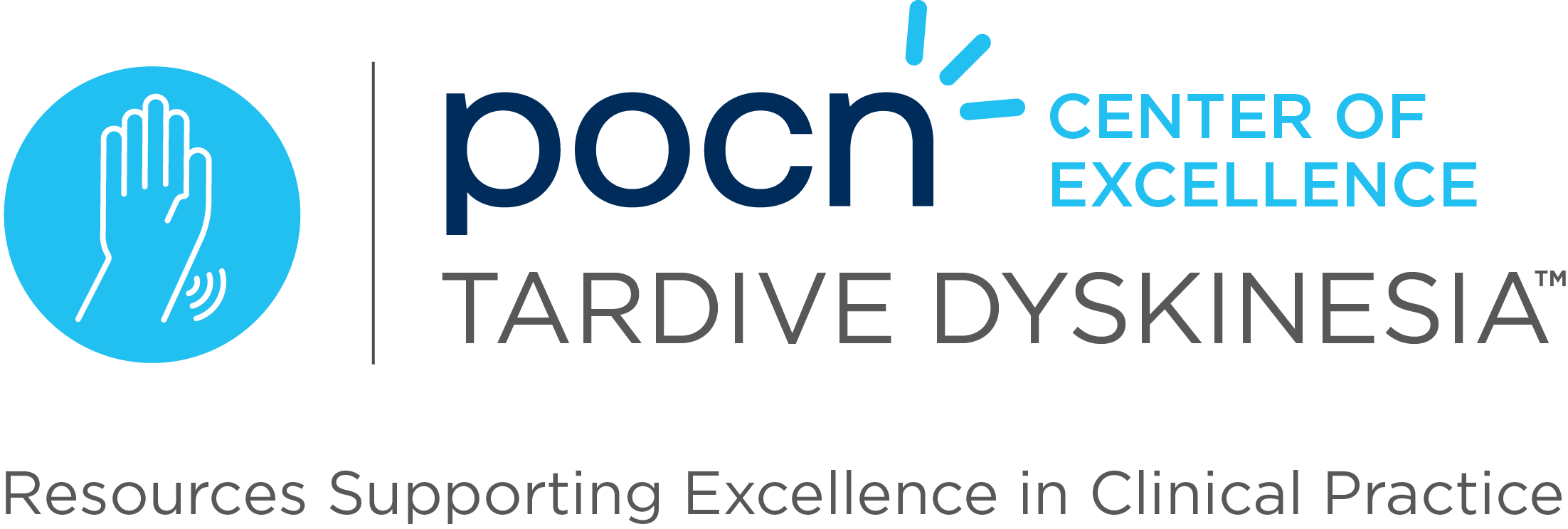Patients with conditions such as schizophrenia, bipolar disorder, and major depressive disorder are at high risk for developing tardive dyskinesia (TD). The risk is significantly higher in those treated with first-generation antipsychotics compared to second-generation antipsychotics (SGAs). Other risk factors include older age, female sex, and a history of movement disorders or parkinsonism. Clinicians are encouraged to educate patients and caregivers about the risks of TD, use lower doses of antipsychotic medications when possible, and consider switching to SGAs for patients at higher risk of developing TD. Routine screening using structured assessments like the Abnormal Involuntary Movement Scale (AIMS) is essential for early detection, particularly for patients on long-term antipsychotic treatment.
Management of TD involves reducing or discontinuing the antipsychotic medication, switching to SGAs, or using alternative anti-dyskinesia agents such as vitamins, clonazepam, and amantadine. The most effective treatments approved by the FDA for moderate to severe TD are the VMAT2 inhibitors, deutetrabenazine and valbenazine, which have been shown to improve symptoms without increasing risks of depression or suicidality. It is important for clinicians to regularly monitor TD symptoms and set clear treatment goals in collaboration with patients and their caregivers. Patient education is crucial to manage expectations and ensure adherence to treatment, while the AIMS examination remains a valuable tool for measuring progress and assisting with care planning.
Reference: Correll CU, Citrome L. Measurement-based Diagnosis and Treatment for Tardive Dyskinesia. J Clin Psychiatry. 2021;82(5):NU20016AH2C. doi: 10.4088/JCP.NU20016AH2C.


